
A digraph, also known as a phoneme, is two letters or characters that when uttered produce a single sound. The sound produced by the digraph is frequently distinct from the sound produced by the individual letters. Many languages around the world have their own collection of digraphs. Knowledge of the various digraphs is regarded fundamental in learning to read in the English language. Because these sounds cannot be decoded using traditional phonics rules, pupils must be able to distinguish them.
Phonemes are different sounds found in languages all around the world. Each spoken phoneme has a written equivalent, so a reader can tell which sound to say by looking at the letters or symbols. Each sound, or phoneme, is usually represented by a single letter; but, in some situations, the phoneme is represented by two letters together, which is known as a digraph. Another characteristic of a digraph is that the phoneme it represents usually sounds substantially different from what would be predicted based on the individual letters’ sounds.
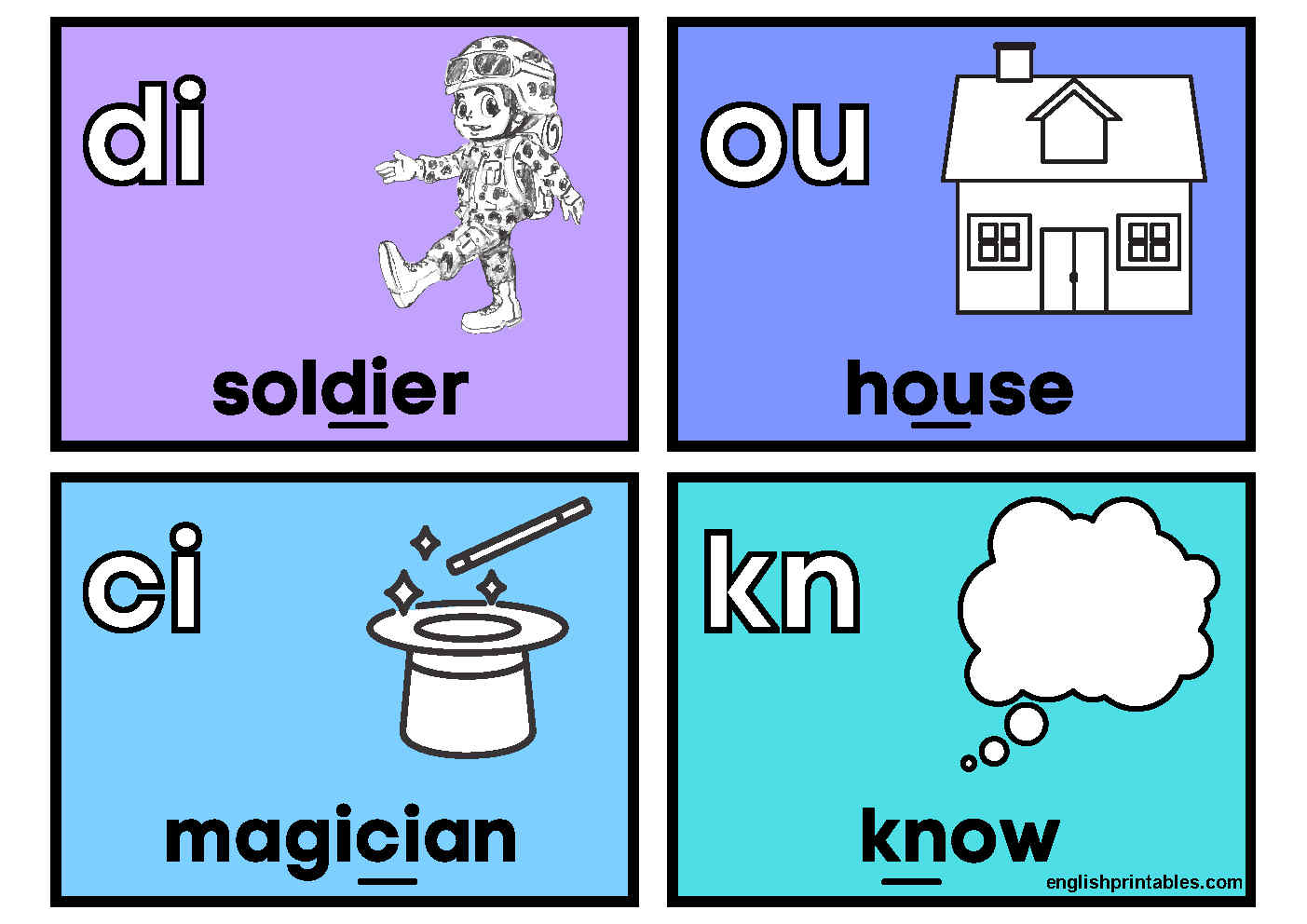

Depending on how the language is written, many languages use digraphs, which are made up of two letters or characters. The digraph is used in these languages to convey a distinct sound that can’t be spelled any other way. Because they can’t be divided into separate sounds, digraphs have a position in various alphabets. In the Czech language, the digraph -ch, which sounds similar to the English -x and has its own alphabetic position, is an example. Other languages have alphabets that only comprise single letters or characters, while some languages, such as Turkish and Serbian, have no digraphs at all.
Digraphs can be represented by two vowels, two consonants, or one of each in the current Roman alphabet, commonly known as the Latin alphabet. Letter combinations like -sh, which appears in words like “she” and “shop,” and -th, which appears in words like “they” and “that,” are instances of digraphs in the English language. -aw in words like “saw” and “awful,” and -ou in words like “out” and “loud” are examples of vowel-containing digraphs. In each of these examples, the sound created by the letters as a whole differs from what would be expected if each letter were pronounced with its own phoneme.
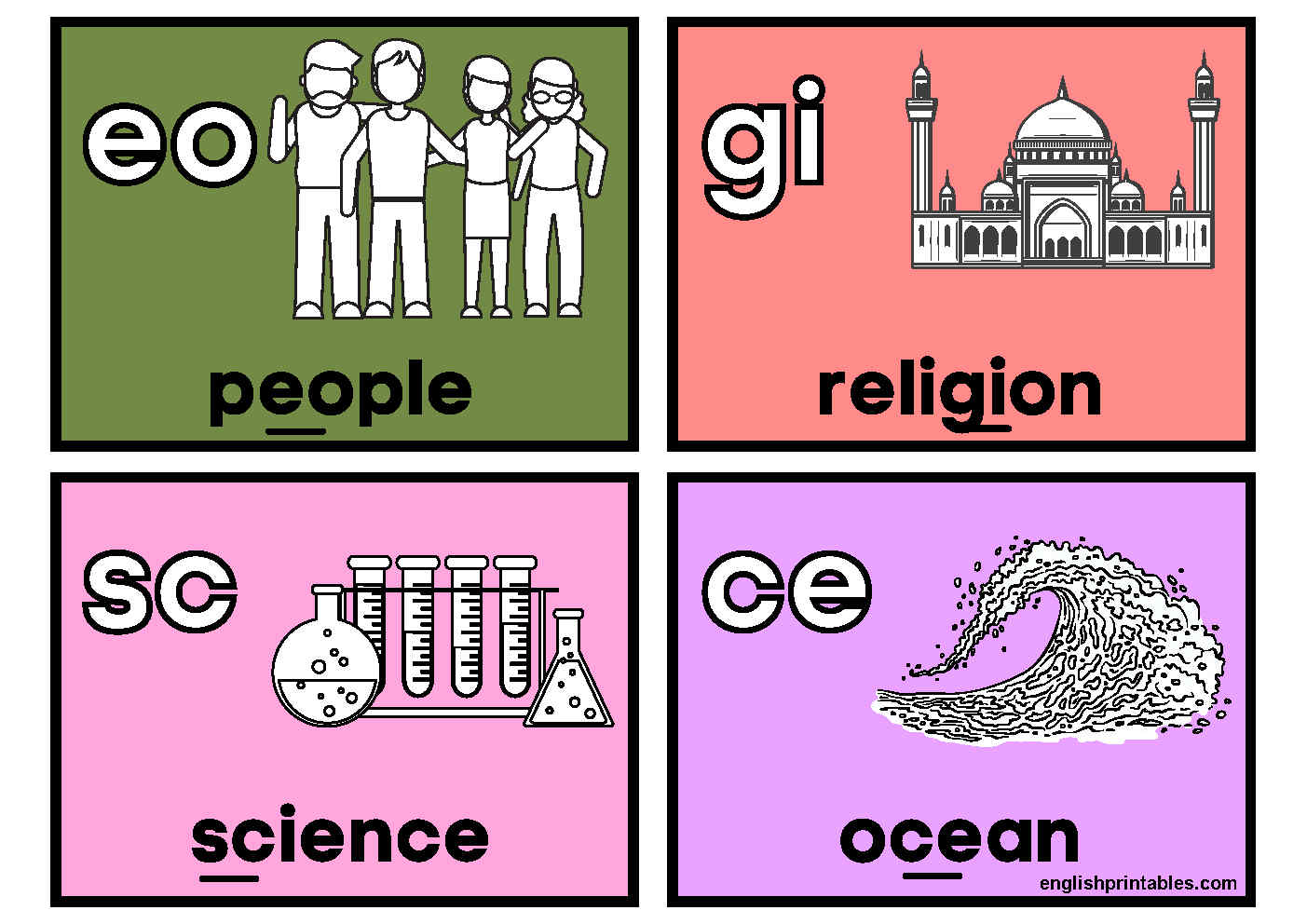
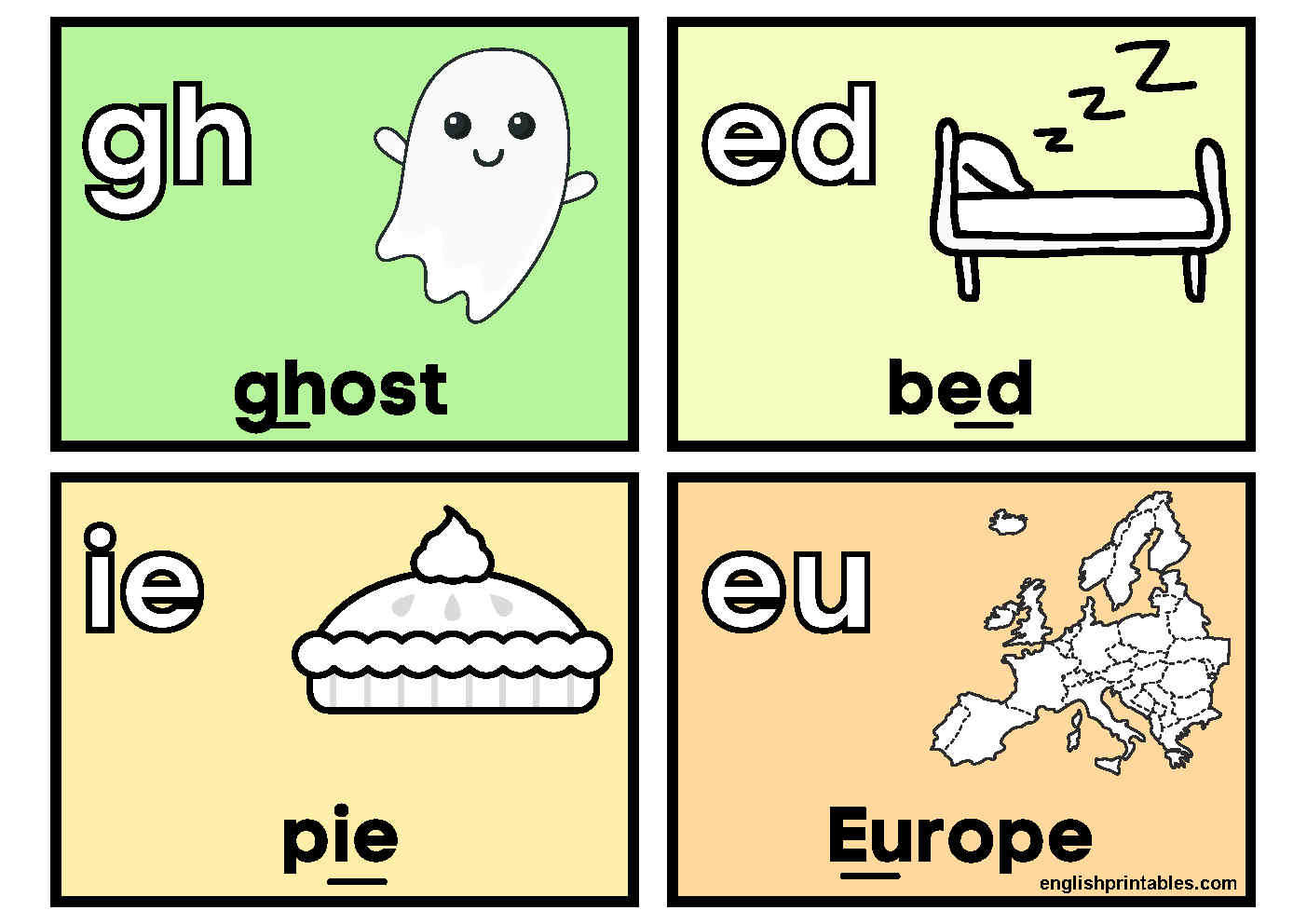
It is critical for pupils to understand the digraphs when learning to read in the English language. Some are very important because they appear frequently in the most commonly used terms, which account for a considerable portion of written material. Words ending in -th, such as “the” and “with,” as well as -ch words like “each” and “which,” are examples. Because digraphs in a word cannot be sounded out using traditional phonics principles, rookie readers must learn to recognize them.
What’s the difference between a Digraph and a Blend?
The distinction between a Blend and a Digraph is one of the most commonly asked questions. It is critical that you understand the distinction between these two concepts. When two consonants are combined, each of their individual sounds is preserved. In simple terms, when letters in a blend are mixed together, their sounds are preserved. Let’s use the word’stick’ as an example. Because the sounds of /s/ and /t/ can be heard separately as independent phonemes, /st/ is a mix in this word. To put it another way, the two letters are heard as two distinct sounds. A digraph, on the other hand, is formed when two letters are combined to form a single word.
With the help of an example, this may be explained. Let’s look at the word’show.’ When you teach and sound out a word, you don’t say /s/ /h/ separately, but rather as a whole, as in /sh/ as in show. As a result, the distinction between blends and digraphs is evident. When two blends are blended, the original sounds are preserved, but a digraph creates a new sound.
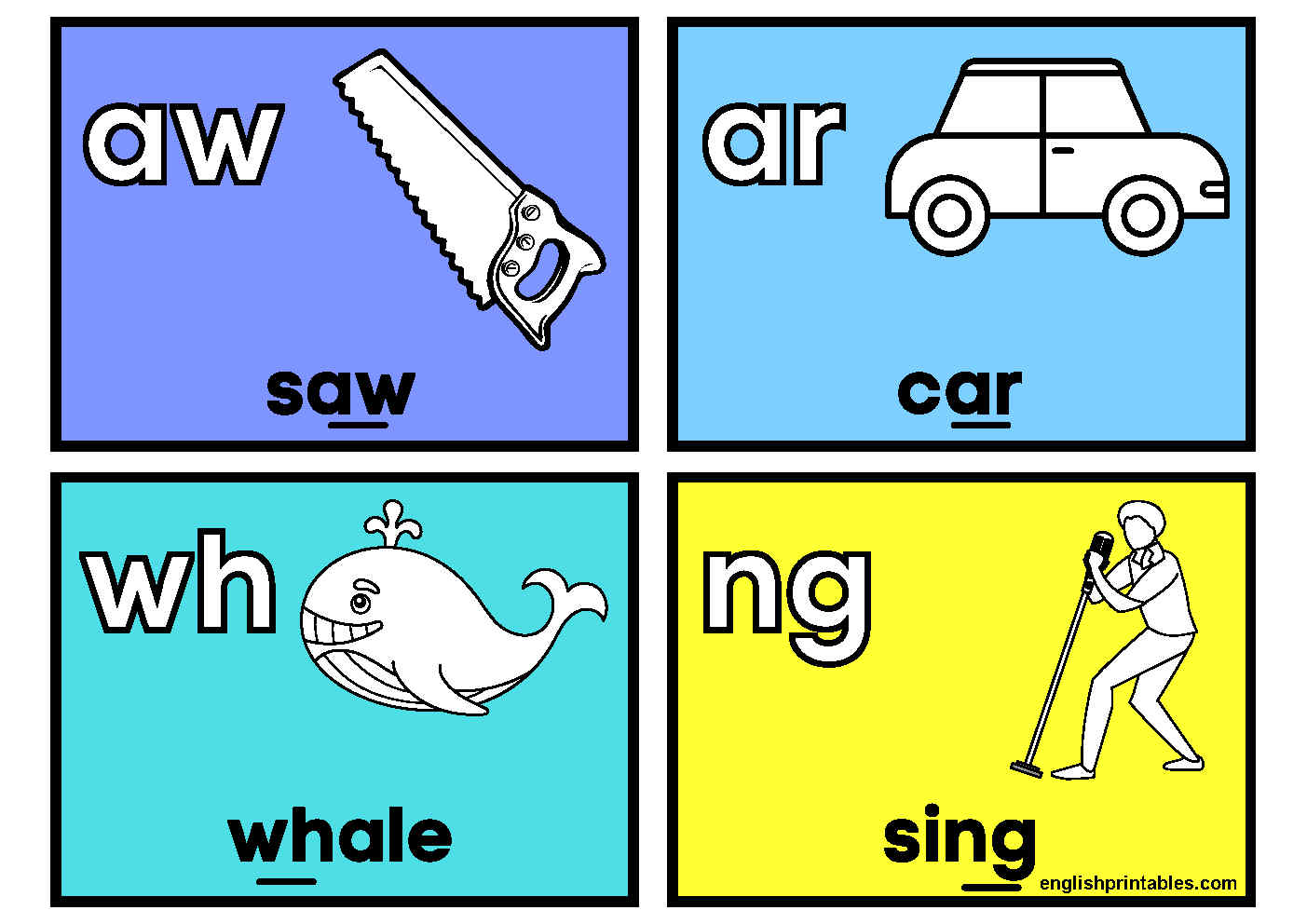
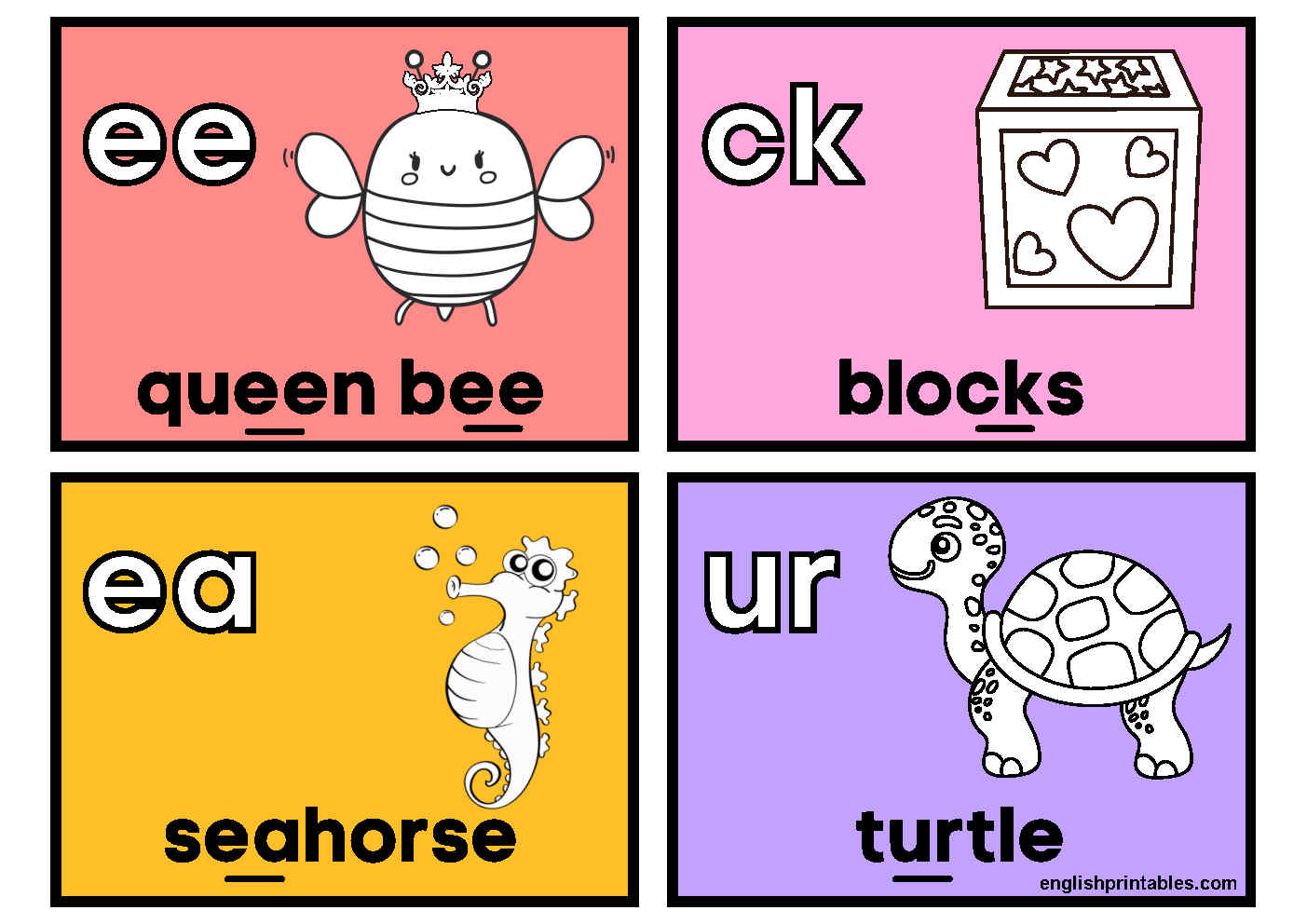
What is the best way to teach blends and digraphs?
Every child is different, and preschoolers, in particular, grow at their own rate. It’s critical to offer kids space to explore and experiment while simultaneously providing them with supervised instruction, particularly when it comes to an acquired skill like reading. Explicit phonics lessons can help a youngster understand what a blend and digraph sound like in a variety of ways. Multisensory tools such as alliterative rhymes and stories, observing lip movements to sound out the blend or digraph, pictorial representations, flashcards, cue cards, and a variety of games that help children to put their learning into practice are all important. We hope that this blog has provided you with the answers and practical advice you need to educate your child blends and digraphs and help them learn to read.
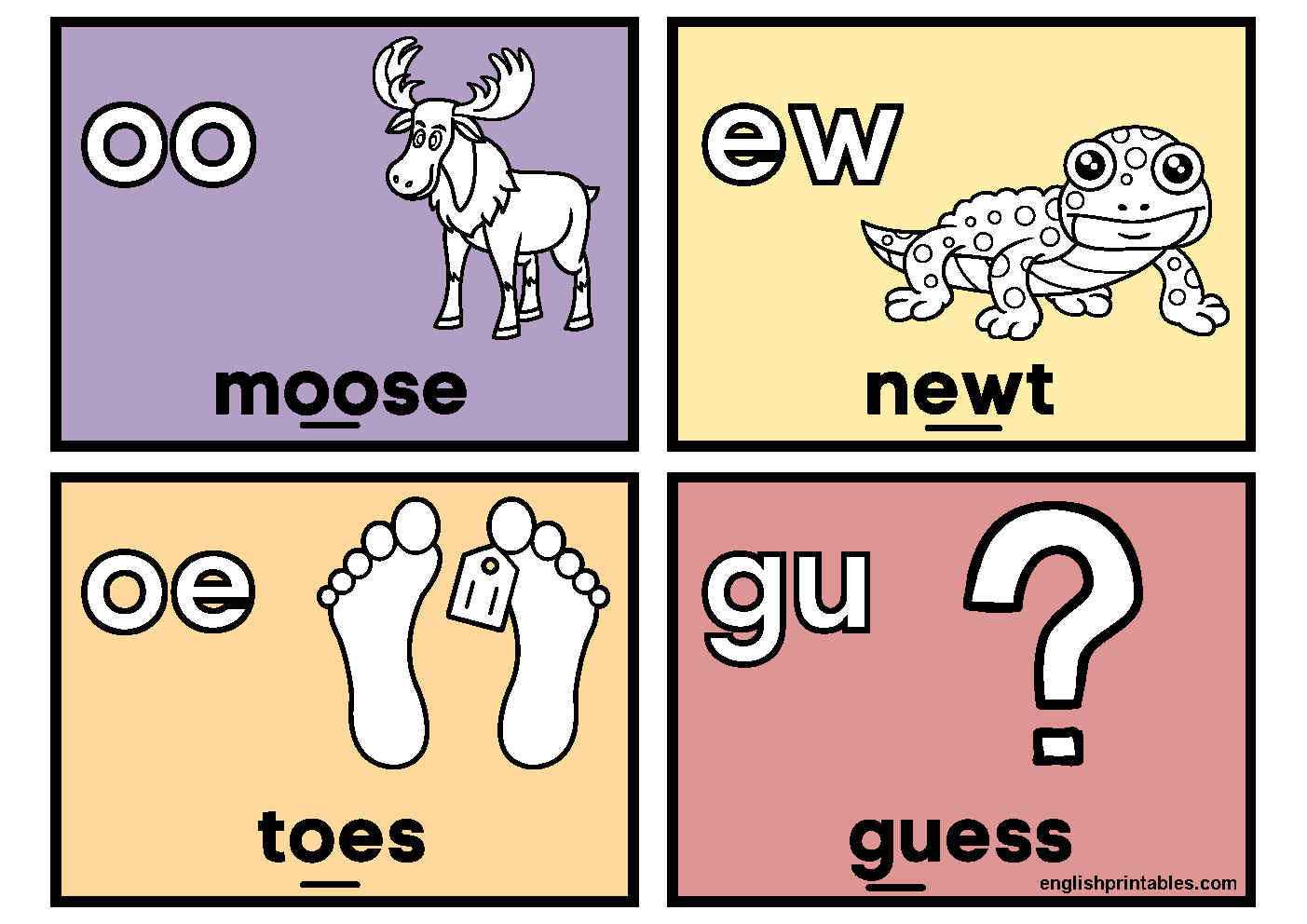
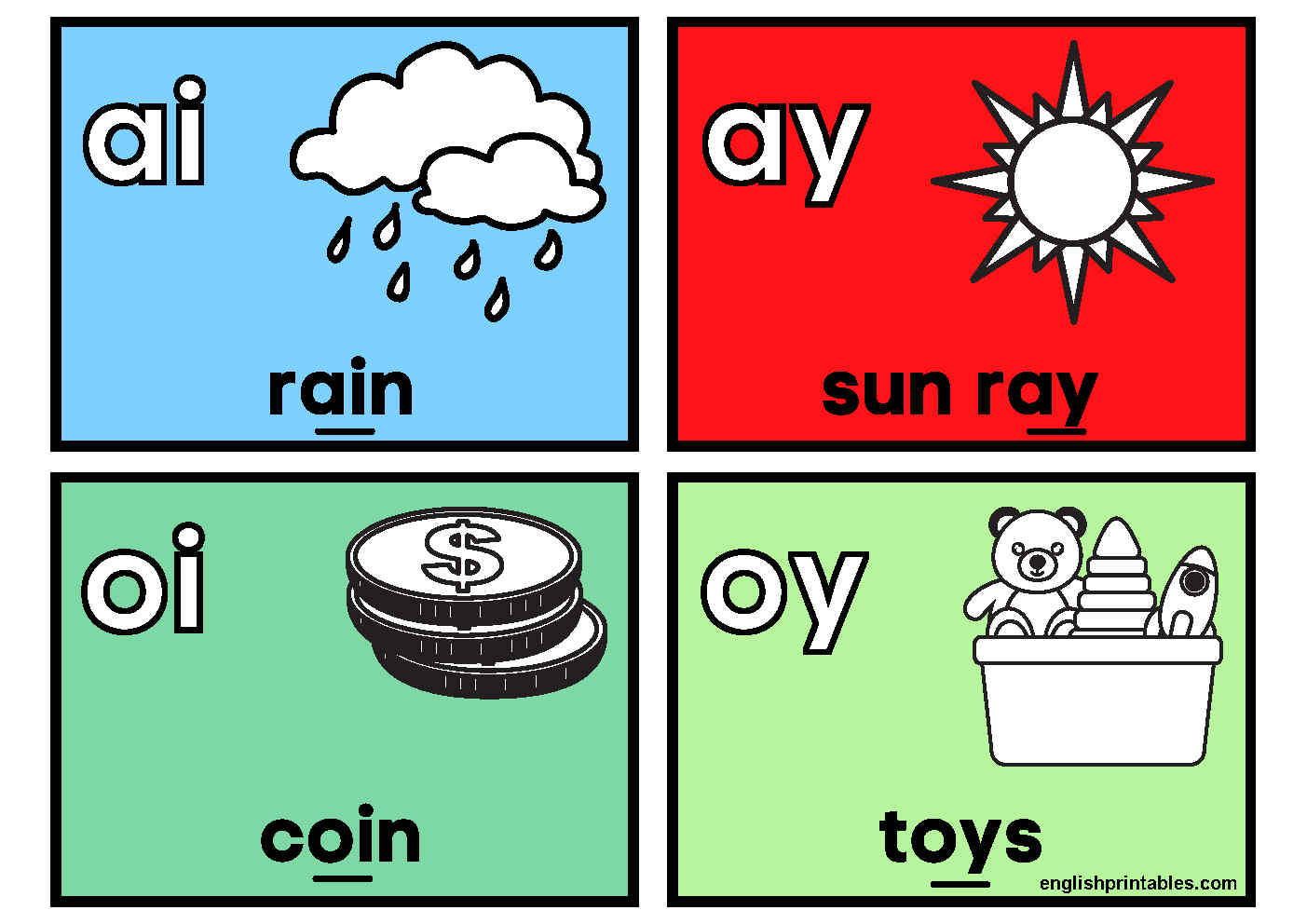
I’m sure you’ll agree that teaching English isn’t as simple as we might believe. Reading fluency is an acquired talent that requires systematic procedures, multimodal resources, and consistent practice. Phonics is a great tool for teaching Reading systemically, and Blends and Digraphs are a crucial component of Phonics education for creating phonetic vocabulary. Before teaching blends and digraphs, make sure your youngster can distinguish between the sounds of different vowels and consonants, according to Kutuki’s specialists. Continue reading to find out!







